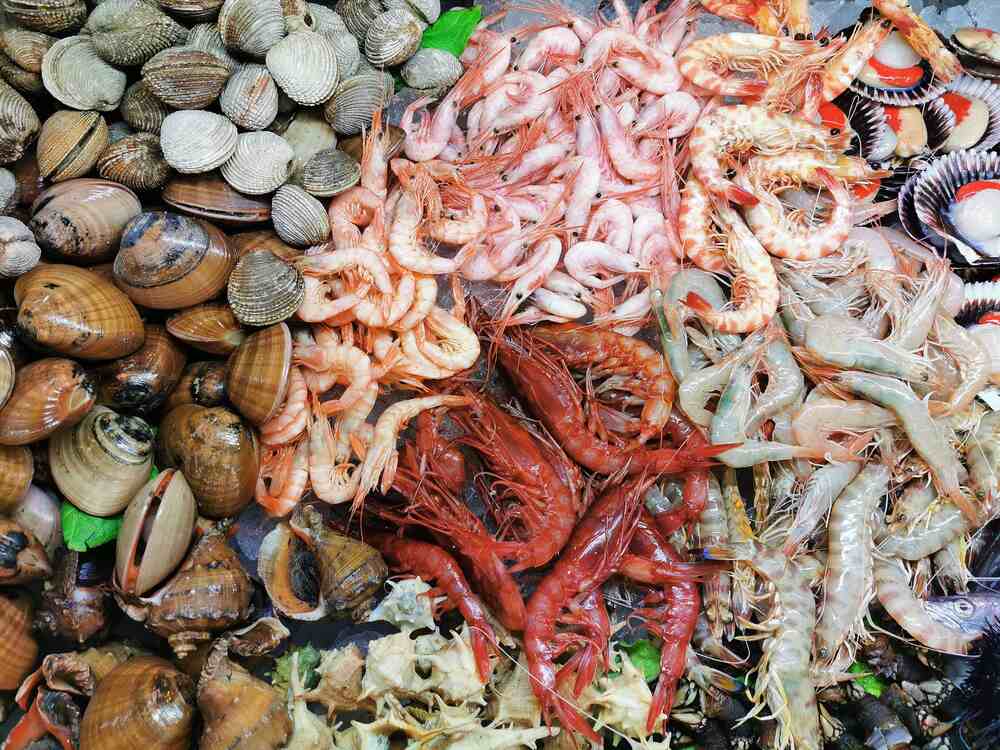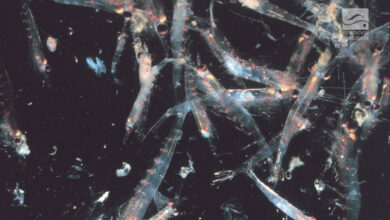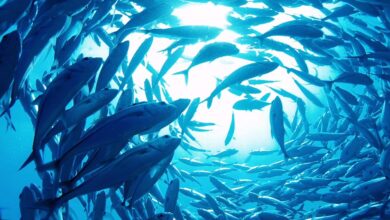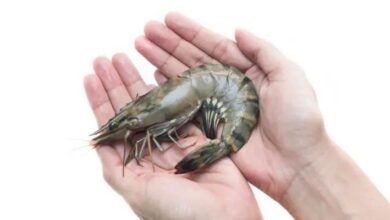
Shellfish can contain toxins that cause a variety of poisoning syndromes. These include crustaceans (crab, lobster, and shrimp), filter-feeding bivalve mollusks (clams, cockles, mussels, oysters, and scallops), and gastropod mollusks (abalone, moon snails, and whelks).
Contaminated shellfish contain a variety of poisons that can be harmful. Shellfish absorb and concentrate microscopic sea organisms called dinoflagellates, which are the source of toxins. Typically, contamination of shellfish occurs during or after algal blooms. Mussels, oysters, clams, scallops, cockles, abalone, whelks, moon snails, Dungeness crab, shrimp, and lobster can all contain toxins.
Types of Poisoning:
Many naturally occurring seafood toxins that might cause human poisoning can be found in shellfish.
- Paralytic shellfish poisoning (PSP)
- Neurotoxic shellfish poisoning
- Amnesic shellfish poisoning
- Diarrhetic shellfish poisoning
Paralytic shellfish poisoning (PSP)
The most prevalent and dangerous type of poisoning is called paralytic shellfish poisoning (PSP). This condition, also known as saxitoxins, affects the neurological system and is extremely dangerous and sometimes fatal. Both freshwater cyanobacteria and marine dinoflagellates produce these neurotoxins. Although a variety of shellfish can cause PSP, eating clams or mussels is the primary cause of most instances. When a person consumes poisoned shellfish, crustaceans, or mollusks, their neurological system may be impacted by the toxin.
Neurotoxic shellfish poisoning
Eating shellfish tainted with brevetoxins produced by the dinoflagellate Karenia brevis causes neurotoxic shellfish poisoning (NSP). This normally only lasts a few days and has symptoms comparable to ciguatera poisoning, but less severe. Thirty minutes to three hours after a person eats shellfish, NSP typically manifests as gastroenteritis with neurologic symptoms similar to mild ciguatera or paralytic poisoning (detailed below). Individuals who have asthma may have respiratory symptoms that are more severe and last longer.
Amnesic poisoning
When eating shellfish infected with domoic acid, a substance created by Pseudonitzchia spp. Diatoms one can become ill from amnesic shellfish poisoning (ASP), a rare kind of seafood poisoning. Scallops, mussels, razor clams, and other crustaceans are among the shellfish that could be involved. After consuming toxic shellfish, the majority of people experience gastrointestinal symptoms (such as nausea, vomiting, and diarrhea) 24 hours later. Headache, memory loss, and cognitive decline then follow. Severe cases have been documented to result in coma, death, ophthalmoplegia, hypotension, and arrhythmias. Severe anterograde short-term memory losses may be present in survivors. An additional severe sickness with a high chance of death or coma. After consuming the contaminated shellfish, symptoms typically start to show up a day later. It affects the neurological system and the stomach.
Diarrhetic poisoning
Dinoflagellates like Prorocentrum and Dinophysis are among the phytoplankton that create the toxins that cause diarrheal shellfish poisoning (DSP). The most well-known toxins associated with diarrheal poisoning are okadaic acid (OA) and its derivative dinophysis toxin (DTX). After ingestion, toxins build up in the tissues of shellfish and induce food intoxication in people.
Eating bivalve mollusks that contain toxins, such as mussels and scallops, is the primary cause of most instances. Symptoms include diarrhea, nausea, vomiting, chills, and abdominal pain that typically appear two hours after intake. Usually, the symptoms go away in two to three days. DSP-related deaths have not been documented.
Prevention
Cooking or freezing does not get rid of toxins. Large shellfish should not be consumed by consumers.
Avoiding possibly contaminated shellfish is the best way to and this is especially critical in locations during or soon after algal blooms, which are locally known as “red tides” or “brown tides.” Eating shellfish also puts you at extremely high risk of contracting infections from a variety of bacterial and viral diseases, including Shigella, Salmonella, Vibrio parahaemolyticus, and V. vulnificus, as well as the hepatitis A virus and norovirus. Shellfish that has just been captured needs to be refrigerated right away.
Farhana Islam
Agriculturist, Researcher
Fisheries Resource Management, CVASU




